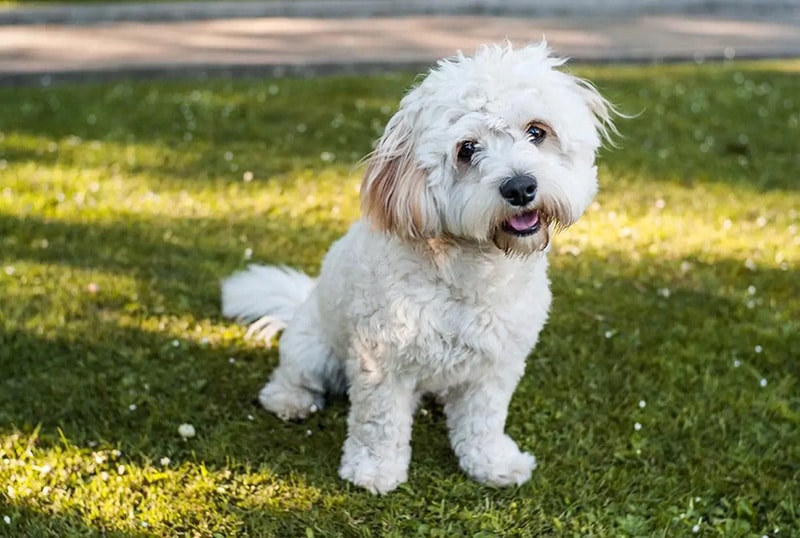Ever wondered how to teach your dog to come without treats? It’s easier than you think!
- Starting indoors can set the stage for distraction-free learning.
- A collar and leash combo ensures focus and minimizes wandering.
- Hand signals may communicate better than voice commands in noisy settings.
- Gradually phasing out treats can maintain motivation without over-reliance.
Imagine your dog responding to commands without the bribe of treats. Start your training sessions indoors. The home environment is less distracting, making it ideal for teaching the recall command. Offer positive reinforcement that’s not a treat when your dog comes to you.
Even inside, dogs can be easily distracted. A collar and leash can help manage this by limiting your dog’s roaming space. This enables both you and the dog to focus on each other. Begin with a six-foot leash, ensuring the collar is comfortable. Reward your dog with affection or praise instead of treats.
Sometimes, dogs respond better to visual cues than verbal ones. Hand signals can be particularly useful in noisy environments or for future competitions. Start by using a treat along with a hand command until your dog understands. Then, transition to treatless rewards.
It might be tempting to cut out treats altogether, but doing so abruptly can lead to confusion. Instead, gradually reduce the number of treats given. During training, combine treats with verbal praise and affection. Slowly phase out the treats, relying more on other forms of reinforcement.
Introducing the lottery system can keep your dog guessing. Occasionally reward your dog with a treat, then switch to praise or affection in the next instance. This unpredictability encourages your dog to follow commands regardless of the immediate reward.
Consistency is crucial. Make sure your dog fully follows the command before offering any reward. If inconsistency creeps in, the dog might only partially obey, thinking it’s enough. Ensure the dog comes all the way to you before receiving any reward.
Using the “come” command only when the dog is in trouble can create negative associations. Practice calling your dog throughout the day and reward it with playtime or affection. This helps build a positive association with the command.
Training a dog without treats isn’t about doing it the hard way; it’s about building a deeper bond through trust and positive reinforcement.










